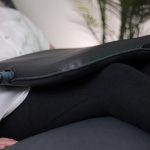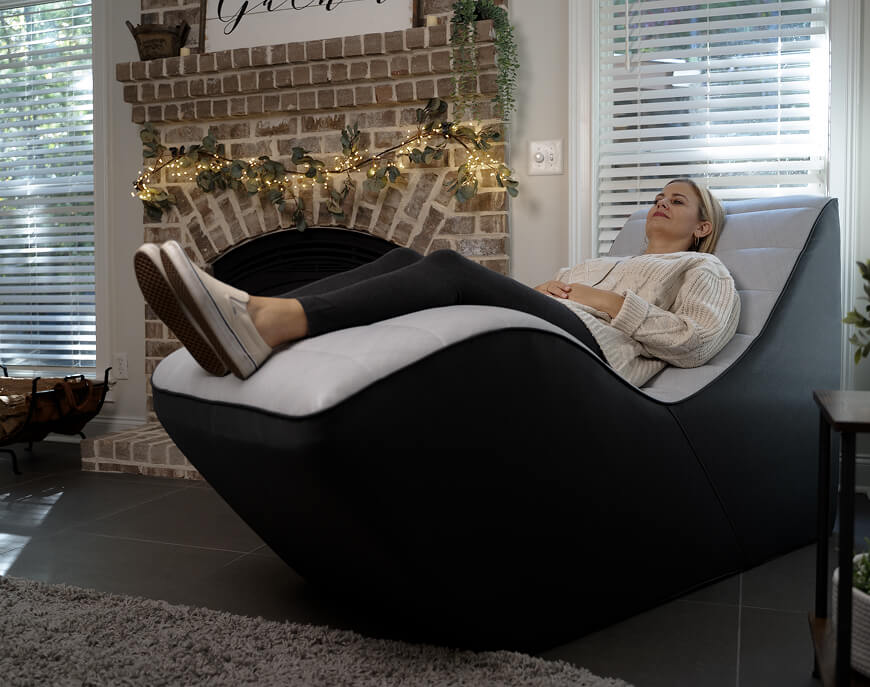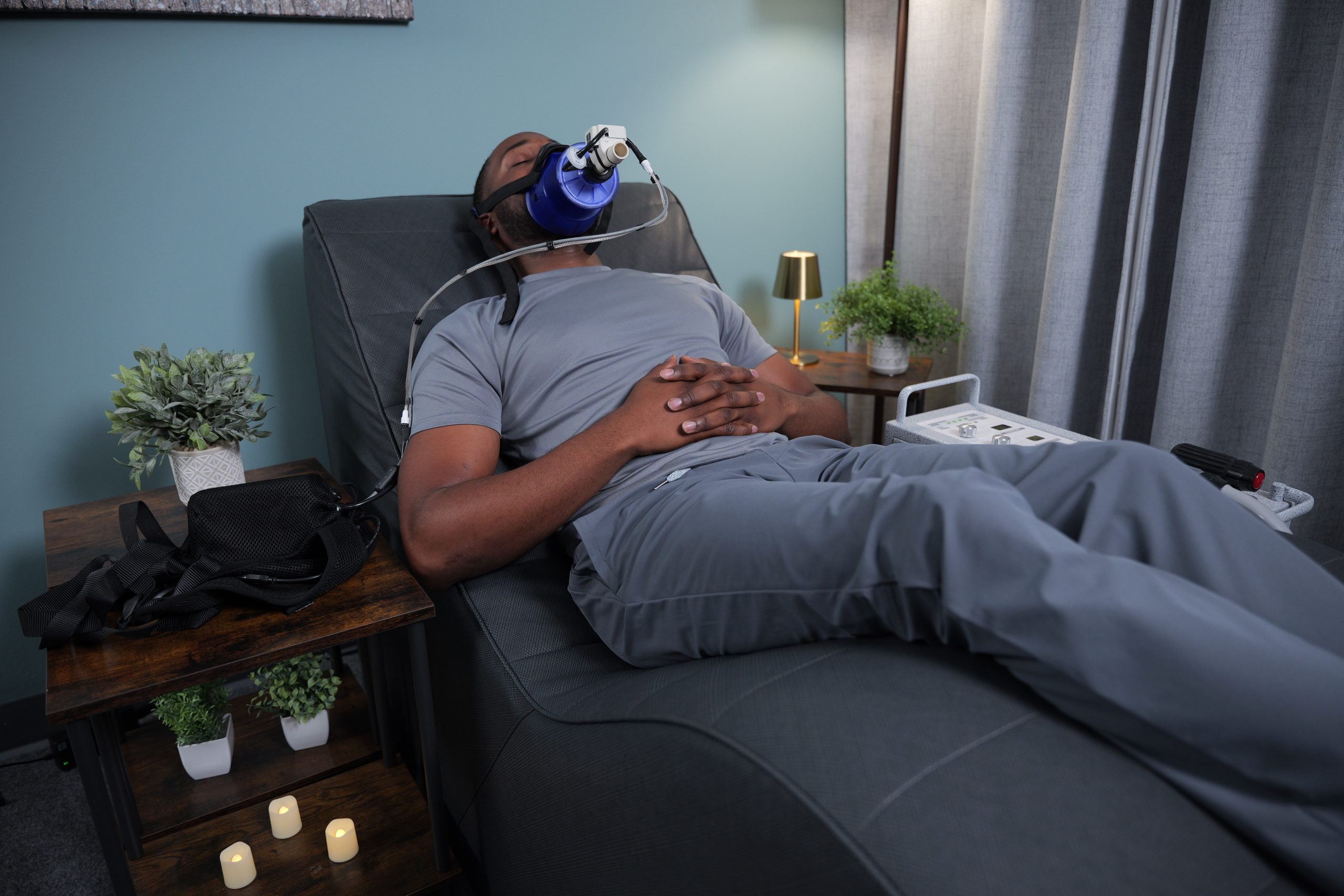PEMF Therapy is a truly amazing modality that provides a host of benefits to its users. But how did PEMF come to be used in a wellness capacity, in the modern world? And what scientific discoveries made that possible?
It All Started With Rocks?
Rocks known as lodestones, form when a mineral called magnetite becomes naturally magnetized. How a lodestone is created has yet to be fully understood. Only a fraction of the magnetite on Earth is magnetic and becomes a lodestone.
Magnetite is always attracted to a magnetic field, but this does not automatically mean it becomes a magnet. Most lodestones are generally close to the ground’s surface. Because of this, the current theory is that lightning strikes turn them into lodestones.
Lodestone usage throughout history
The Hindus supposedly utilized lodestones for many conditions around 4000 BC. Around 2000 BC, Chinese physicians also developed programs using lodestones on acupuncture points. They also used lodestones in the first known compasses. Even Hippocrates used lodestones to reduce pain and stop bleedings during his lifetime.
In the 13th Century, French physicist Pierre de Maricourt created the first comprehensive record of magnetism. In his book, Epistola de Magnete, he describes the magnetic properties of lodestone. He also explains the north and south poles and the core principles of magnetic attraction and repulsion.
Later in the 16th century, physician Paracelsus, considered the father of toxicology, used lodestones to help treat certain medical issues. These included seizures, diarrhea, and hemorrhaging.
Figuring out Magnetic Forces
English scientist and physician William Gilbert is often called the “father of electricity and magnetism.” In his book series De Magnete, he observed that magnetic forces connect with the Earth’s rotation. This understanding led to his discovery of the Earth’s magnetic field and provided the basis for the science of geomagnetism.
German Physician Franz Mesmer believed that the body contained an invisible substance susceptible to what he called ‘animal magnetism.’ He found that magnetic fields were beneficial to health but did not believe they worked independently. It was the interaction with animal magnetism that gave magnets their power.
German physician Samuel Hahnemann was the founder of homeopathy and was also an advocate of magnetic therapy. He utilized magnets in combination with homeopathic treatment.
Danish chemist and physicist Hans Christian Oersted discovered that electric currents create magnetic fields. This finding was the first connection between electricity and magnetism, known as Oersted’s Law.
In 1826, English Physicist and electrical engineer William Sturgeon succeeded as the first to invent an electromagnet. It consisted of a coil forming a magnetic field with electric current flowing through. He demonstrated its power by lifting nine pounds with a seven-ounce piece of iron. This discovery was long before PEMF technology but was the start of using a generator to form a strong magnetic field.
German mathematician Carl Friedrich Gauss participated in the first worldwide surveys of the Earth’s magnetic field. To help measure the strength of the magnetic field, Gauss invented the magnetometer. Because of his work, the word Gauss is used as one of the units to measure magnetic induction.
Scottish scientist James Clerk Maxwell developed a theory of electromagnetic radiation. He was able to predict that waves of vibrating electric and magnetic fields move in space at a specific speed. He calculated that this speed was approximately equal to the speed of light.
The merger of electrical and light sensation led to Maxwell’s prediction of the existence of radio waves. This prediction was later proven in 1887 by Heinrich Rudolf Hertz.
In the 19th century, Michael Faraday significantly contributed to the study of electromagnetism. His efforts include discovering electromagnetic induction, which creates an electromagnetic field via a moving magnetic field around an electric conductor. Dr. Faraday was also the first to produce an electric current via a magnetic field, later named “Faraday’s Law .” He also discovered and named diamagnetism (when materials are repelled by a magnetic field).
Heinrich Rudolf Hertz, a German physicist (1857-1894), proved James Clerk Maxwell’s theory of electromagnetism to be accurate. Between 1885 and 1889, he also confirmed that light and heat are electromagnetic radiations.
In the late 19th century, Georges Lakhovsky became the first to affirm that each cell had its energetic frequency. He developed what many believe to be the first “energy medicine” device called the Multiple Wave Oscillator. It aimed to address the dysfunction of the body’s cells, which he believed were the underlying cause of disease. The device produced a broad range of frequencies from very low to extremely high.
Nicola Tesla was an incredible Serbian-American inventor. He made significant strides in developing electricity as an energy source. He also noted the relationship between electricity and magnetic fields. His contributions to science were extensive, filing at least 278 patents on his many inventions.
From a PEMF perspective Tesla also invented a lesser-known electrical coil. This discovery is the standard magnetic loop coil in all PEMF systems today.
PEMF Usage in the 20th Century and Beyond
In the mid-1980s, Dr. Arthur Pilla and Dr. Andrew Bassett developed the first FDA-approved PEMF device for stimulating bone healing.
In 1986, a groundbreaking book, “The Body Electric,” was written by Dr. Robert Becker and Gary Selden. It was one of the first times the body had been described as an electromagnetic system. It also suggested that magnetic field therapies could be beneficial for a wide variety of issues.
In 1988, Dr. Panos Pappas, credited with developing the first high-voltage PEMF machine, released the Papimi. This system was the first to expand PEMF technology into a large, powerful, constantly changing dynamic magnetic field. The original system was not super high-tech and could be uncomfortable if used at higher power. Nonetheless, numerous users reported many health benefits with his design.
By the late 1990s, many PEMF devices were available in Europe and started appearing in the United States. Systems on the market today have been developed based on early discoveries of magnetism. These discoveries shed light on the benefits of magnetic fields on the human body for general wellness.
Many of the existing devices you can purchase are low-intensity. These machines are helpful but of limited value. They do not produce enough power to stimulate the cells throughout the body. High intensity devices can deliver a charge to the cells, causing muscle contractions and encouraging the body’s natural self-healing functions.
All of this acquired knowledge has enabled the development of systems that provide a broad range of intensities. This way, machines and accessories customize the PEMF experience to each user’s wide range of needs.
Pulse PEMF's Important Contributions
Since 2007, Pulse has been the industry leader in PEMF innovation, producing systems with a vast range of intensities and applications. Starting with our initial device, the MagnaCharger, we’ve made significant improvements in developing each new machine and accessory. Our current lineup of Human machines includes the Pulse X, Pulse X1, and our flagship model, the Pulse XL Pro.

Pulse invented accessories that saturate the body like never before, allowing the user to sandwich the body between two magnetic fields. One accessory pushes the pulsing electromagnetic field into the body while the other accessory pulls, for an intense PEMF experience. Combining accessories to give your body the strength, frequency, and variation it needs yields astounding results for our users.
We also offer seven unique Human-use Accessories that provide both whole-body and targeted PEMF delivery. Each accessory is handcrafted to provide maximum contact with the body, a unique delivery mechanism, and a beneficial PEMF experience. Pulse also offers a full line of machines for Equine and Animal users and robust and reliable Animal Accessories.

To learn more about Pulse PEMF, Call 888-952-7030 or email info@pulsepemf.com to speak with a Pulse Success Specialist.












